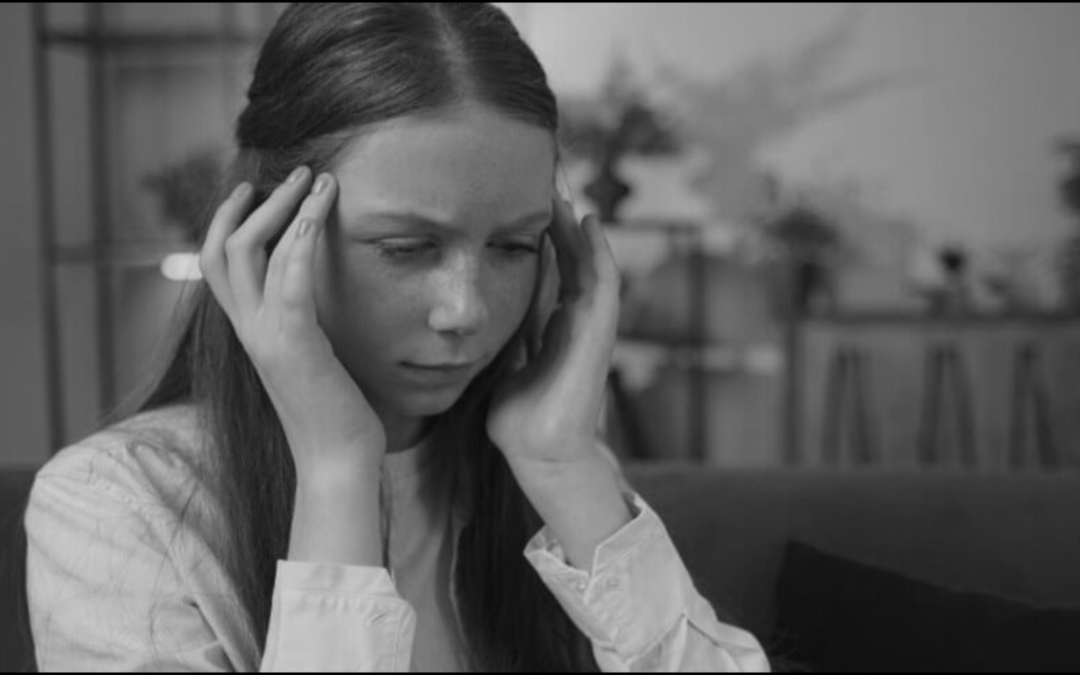Consider this before you dismiss your teen’s vague symptoms of discomfort as an attempt to avoid school: As many as 40% of youngsters experience chronic pain, and 7.5% have amplified musculoskeletal pain syndrome (AMPS). Instances of AMPS are on the rise as a result of the pandemic, which has made children increasingly unhappy, alienated, and inactive.
What Exactly Is AMPS?
AMPS is defined by persistent pain in muscles, joints, or other regions of the body that occurs in the absence of an underlying injury or inflammation. The pain might be intermittent or chronic, and it can affect the entire body or just one place.
The agony that children with AMPS feel is more extreme than you may think. This is due to your child’s aberrant pain response, which affects the nerves that govern blood flow via blood vessels. As blood (and hence oxygen) flow is limited, waste products such as lactic acid accumulate in the muscles. This accumulation generates additional pain, and secondary pain signals are sent via the nerves again, increasing the agony on a continual cycle.
Amplified Pain Types
Amplified Musculoskeletal Pain Syndrome is a catch-all phrase for a variety of severe pain in children, including:
- Pain that is widespread and exacerbated (also called juvenile fibromyalgia).
- Intermittent discomfort was intensified.
- Autonomic alterations accompany complex regional pain syndrome (CRPS). (CRPS is usually restricted to one arm or leg.)
- Localized pain with no autonomic alterations. (Autonomic changes in a child’s body are color and temperature changes, such as cold and blue skin or swelling and sweating.)
- AMPS Factors
AMPS symptoms might appear suddenly or gradually over time. We don’t know what causes AMPS, however, it commonly begins in youngsters after one or more of the following:
Injury: Your kid may have had a specific injury, such as a fractured bone, or may be experiencing pain following surgery.
Illness: Infections such as mononucleosis, gastroenteritis, or influenza may be the cause of your child’s AMPS. AMPS is more usually associated with inflammatory disorders such arthritis, tendonitis, myositis, or enthesitis.
Psychological stress can be caused by a variety of factors, including school and family upheavals. Children with AMPS are often mature, high-achieving perfectionists who strive to satisfy others.
According to 2020 research, AMPS is most likely to afflict girls who are non-Hispanic and White, with an onset age of 14.
Your child’s doctor will diagnose amplified pain after carefully reviewing your child’s medical history, both physical and emotional, to rule out other diseases. This is critical since blood tests and diagnostic scans are typically normal. Nonetheless, the anguish is palpable.
For at least six months, children with AMPS often have a constellation of symptoms that includes:
- Joint discomfort
- Muscle pain
- Pain in the abdomen
- Migraines or headaches
- Sensitivity of the skin
- Depression
- Anxiety
Many children with AMPS also have hypermobility syndrome, which causes painfully flexible joints, or postural orthostatic tachycardia syndrome (POTS), which causes a quicker heartbeat and dizziness upon standing up from laying down.
Treatment of AMPS
AMPS is difficult to diagnose and treat. Because they are knowledgeable with autoimmune and inflammatory disorders, rheumatologists frequently assist AMPS patients.
If your kid has AMPS, the aim is to reduce discomfort by 80% and restore function to 80%. The following therapies will be used by your child’s doctor:
- Physical and occupational therapy, as well as aerobic activity
- Cognitive-behavioral treatment (CBT)
- Stopping drugs, particularly opioids
- Desensitization exercises
- Education
You can arrange these therapies independently for your kid, or you can enroll him or her in one of the country’s few AMPS-specific intense rehabilitation programs. These programs can be challenging, and your kid will have to fight through the discomfort in order to succeed. Nonetheless, studies have shown that they are quite effective.
Following one month of therapy, 80 percent of the youngsters were pain-free and fully functioning. Another 15% were entirely functional despite having minor or recurring discomfort. Just 5% showed no improvement. Even more promising, 90 percent of youngsters were doing well five years following therapy.

Erin Balsa is a highly skilled and knowledgeable health journalist with a passion for educating the public on important health and wellness topics. With extensive experience in both traditional and digital media, Erin has established herself as a trusted voice in the field.

